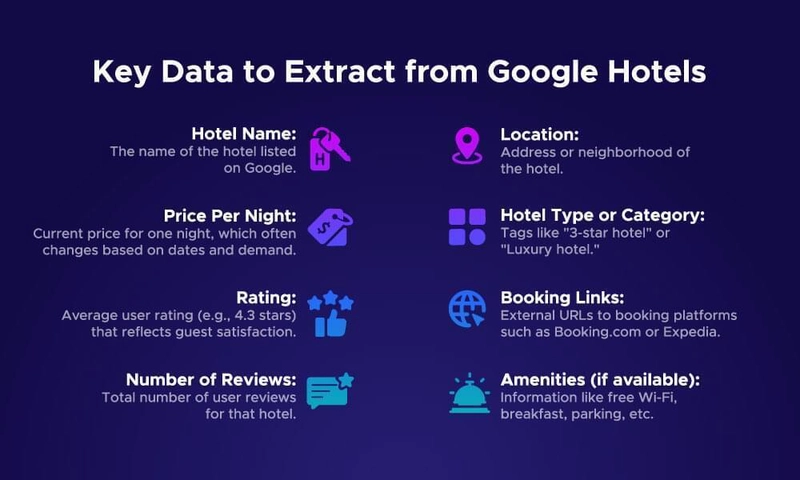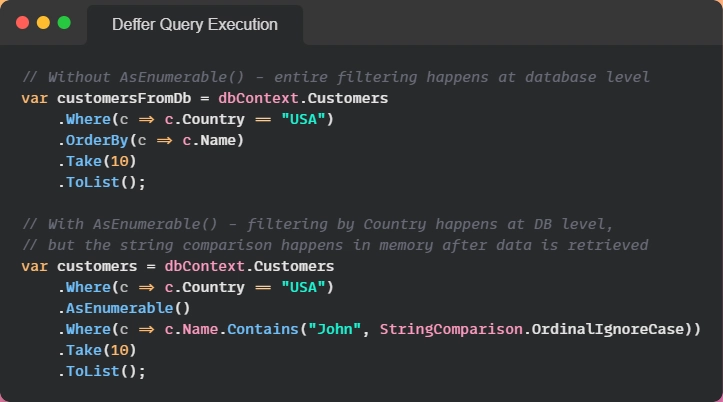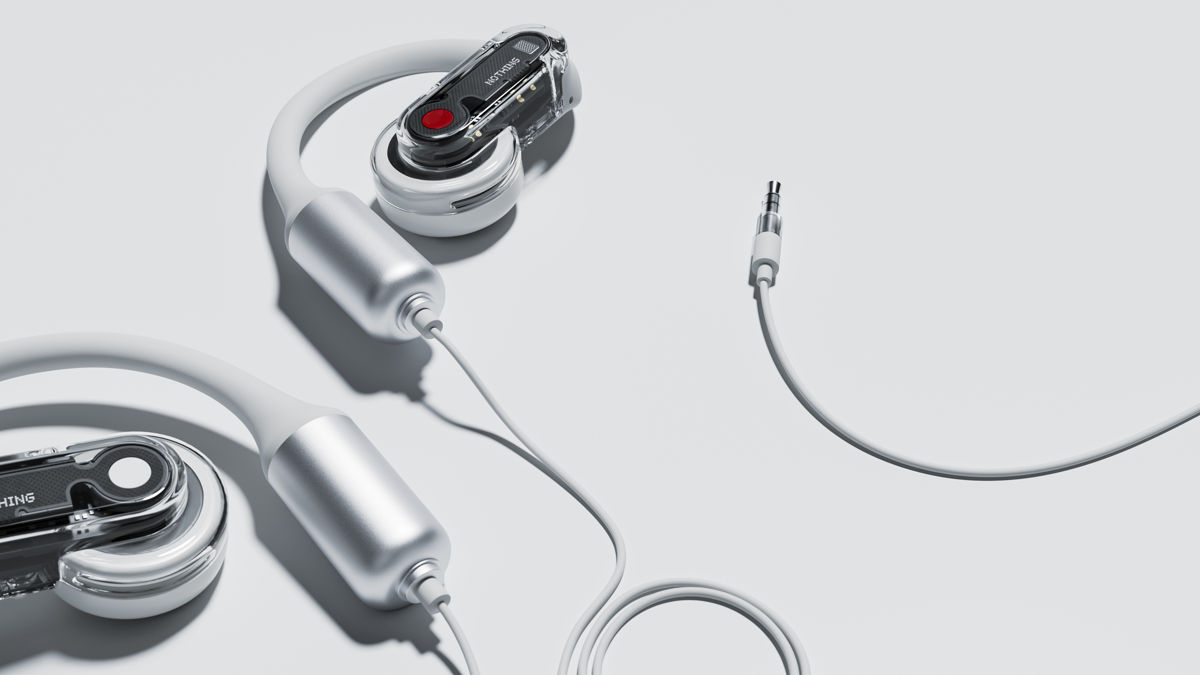POCO F7 Pro Review: Redefining “Budget Flagship”
The POCO F7 undercuts a lot of flagship devices, but its low price is somewhat deceiving. The post POCO F7 Pro Review: Redefining “Budget Flagship” appeared first on Phandroid.

The debut of the first-ever POCO phone around half a decade ago was proof that manufacturers could further improve on their midrange offerings if they so choose to. Several years later on, and POCO’s F7 series devices manage to pack a ton of impressive components into good-looking designs, at a price that’s considerably less than most flagship Android phones.
READ: Xiaomi’s New Redmi Buds 7s Come with a Ridiculously Low Price
In the case of the 7 Pro, Xiaomi has toned down some hardware specs to keep its price within the sub 600-dollar price range. So what do you get with this one? Let’s take a look.
POCO F7 Pro Specs
- 6.67 inches, AMOLED, 1440 x 3200 pixels, 3,200 nits peak
- Qualcomm Snapdragon 8 Gen 3, 12GB RAM and up to 512GB storage
- Android 15 with HyperOS 2
- 6,000 mAh battery with 90W charging
- 50MP main + 8MP ultra-wide, 20MP front camera
- Gorilla Glass 7i, IP68 dust and water resistance
- Ultrasonic fingerprint reader, stereo speakers
Design and Display

In terms of design, the POCO F7 Pro is an eye-catcher. Our black review unit comes with flat metal sides, while the glass rear panel features an attractive two-tone design, with a matte texture on a significant portion of the back. Like a lot of other smartphones these days, the camera module comes with a rounded design, and is positioned a bit off-centre (similar to what OnePlus is doing). Overall though it’s a solid-feeling device, and I was pretty impressed with the build quality.
Moving onto the display, the F7 Pro packs a vibrant 6.67-inch AMOLED screen with a sharp 3200 x 1440 pixel resolution and a smooth 120Hz refresh rate. Brightness levels are impressive with a maximum of 1800 nits and peaking at a staggering 3200 nits, meaning that you’ll have little trouble with outdoor viewing. Content consumption is likewise ideal on the display, which you can further tweak with HyperOS’ built-in settings.
Performance and Internal Specs

Inside, the phone is powered by the Snapdragon 8 Gen 3, a chipset that remains remarkably powerful, making the F7 Pro an excellent choice for users who prioritize gaming performance. The onboard 12GB of RAM is a much-welcome addition as well, and the phone was able to handle my games with relative ease. I was also able to get decent battery life with the F7 Pro, and its large 6,000 mAh battery ensures that you can pretty much use the phone all day long, though of course factors such as gaming will make a difference.
…HyperOS offers a wealth of customization and personalization options for users who enjoy tailoring their device’s look and feel.
On the software front, the Poco F7 Pro runs Android 15 with Xiaomi’s HyperOS 2. While it does come pre-installed with a sizeable amount of third-party software, HyperOS offers a wealth of customization and personalization options for users who enjoy tailoring their device’s look and feel. This level of customization goes beyond what you get on devices like the Google Pixel.
Camera Features

For photography, the Poco F7 Pro features a 50-megapixel main camera, an 8-megapixel ultrawide lens, and a 20-megapixel front-facing camera for selfies and video calls. While phones outside Xiaomi’s flagship tier aren’t typically renowned for their camera prowess, I was pleasantly impressed by the F7 Pro as it managed to capture surprisingly good-looking images, which were suitable for everyday use and social media sharing.
Colors in photos don’t go overboard with saturation, and there’s also a good amount of contrast all around. For selfies, skin tones looked impressive, and the built-in portrait mode manages to get good-looking shots. One weakness however is with low-light photography, where details can appear a bit softer especially when using the ultra-wide camera.








For videos, the phone can record a maximum of 8K resolution clips, albeit capped at 24 frames per second. Video stabilization is likewise decent, and close-up shots focus nicely with a humble amount of background blur. Unfortunately, the front camera can only record 1080p video at 30fps, which is a missed opportunity especially considering the 8 Gen 3’s imaging capabilities.
READ: The POCO F7 Pro and Pixel 9a are Priced Similarly, but They’re Worlds Apart
Final Thoughts

While it’s not officially available in North America, the POCO F7 Pro’s sub-$600 price gives it an edge over competing devices within the same price range, and its biggest highlights are no doubt its powerful chipset, impressive display, and capable battery. While its camera will be good for most everyday situations, shortcomings such as the modest low-light performance and limited front video recording are factors to consider; there’s also the rather bloated UI, although in-depth customization features somewhat make up for this.
All in all though, the POCO F7 shines in the areas where it matters, especially for buyers after a flagship-grade handset that won’t burn a hole through their savings.
The post POCO F7 Pro Review: Redefining “Budget Flagship” appeared first on Phandroid.



.webp?#)
















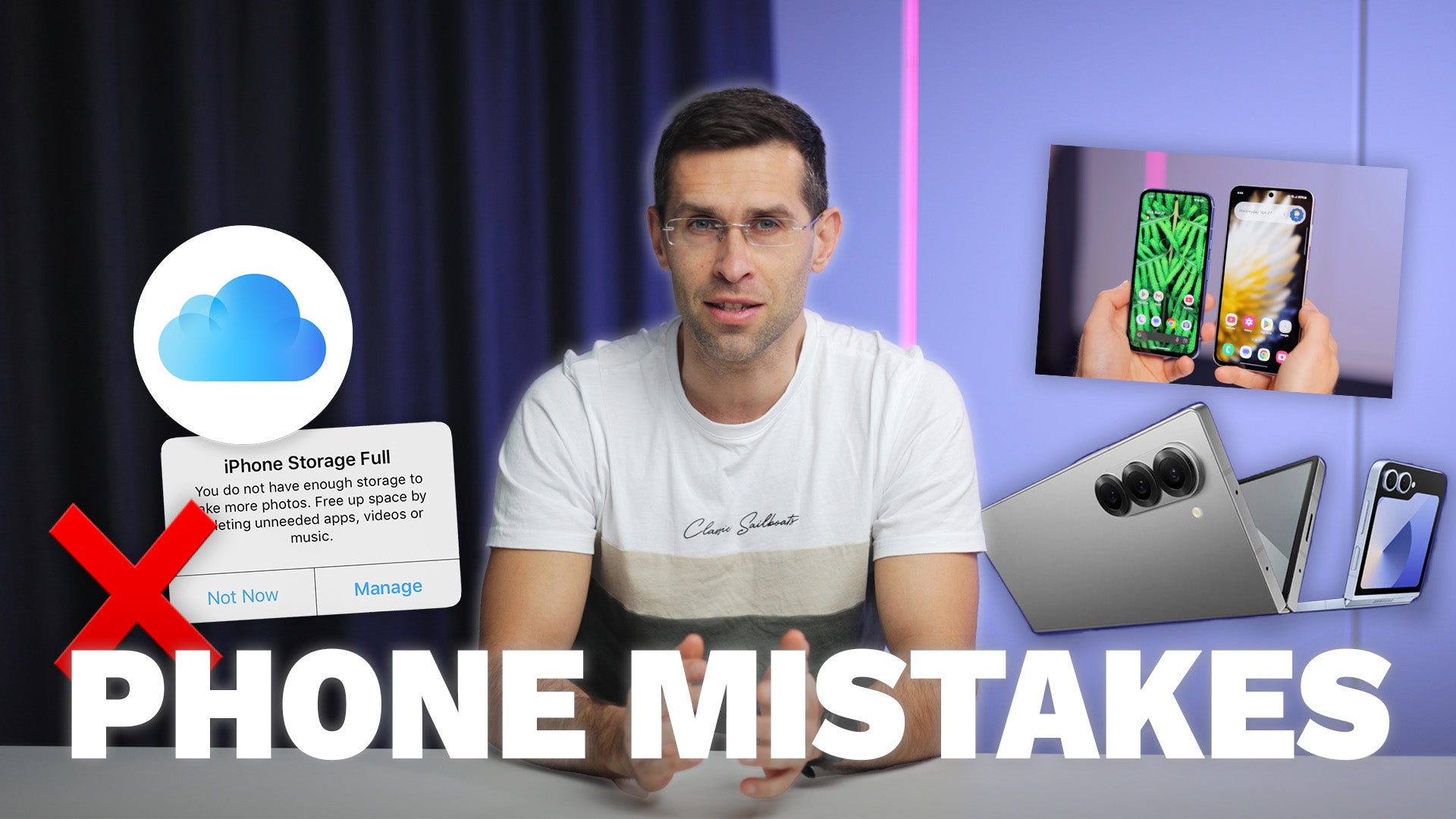
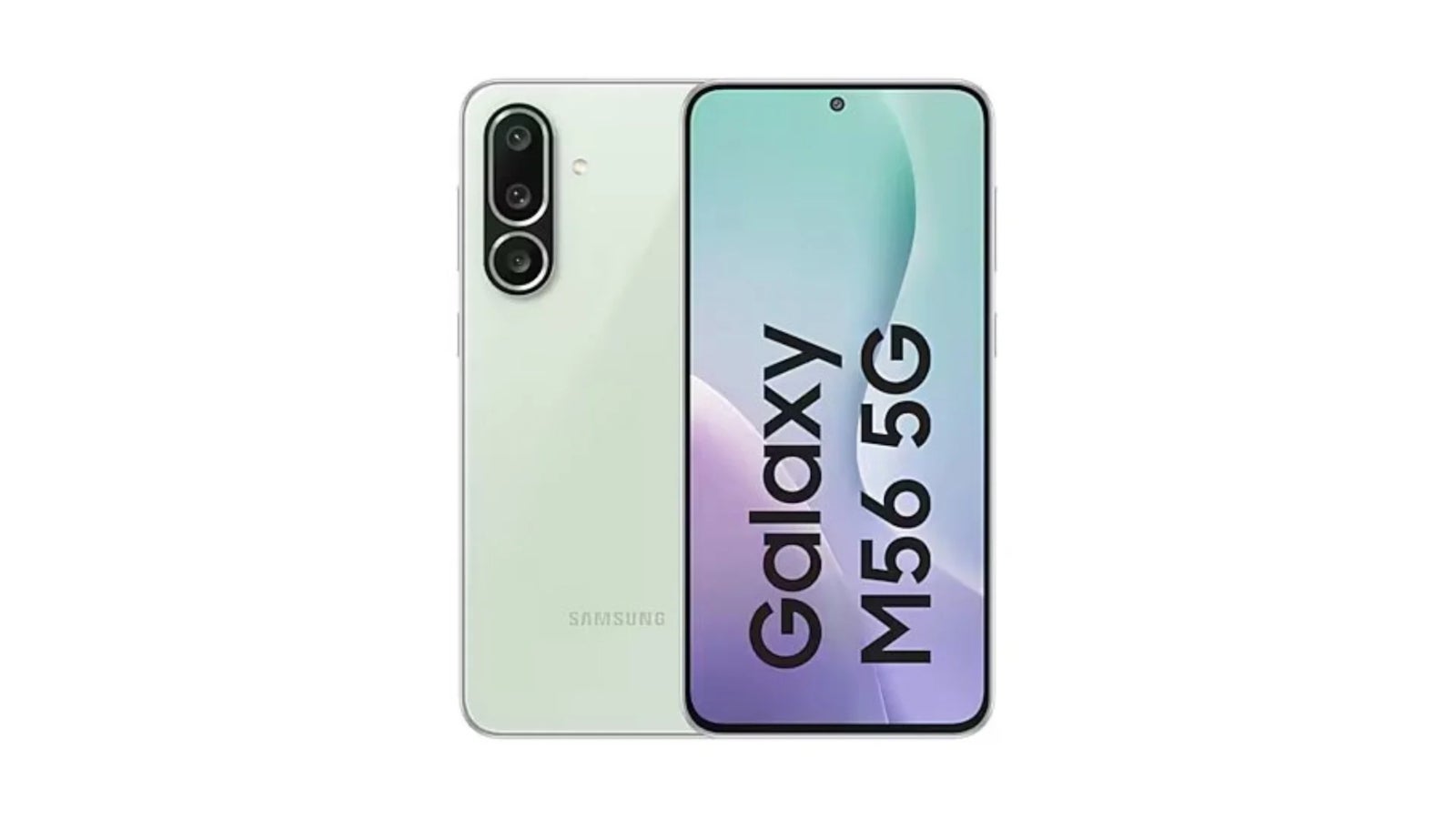
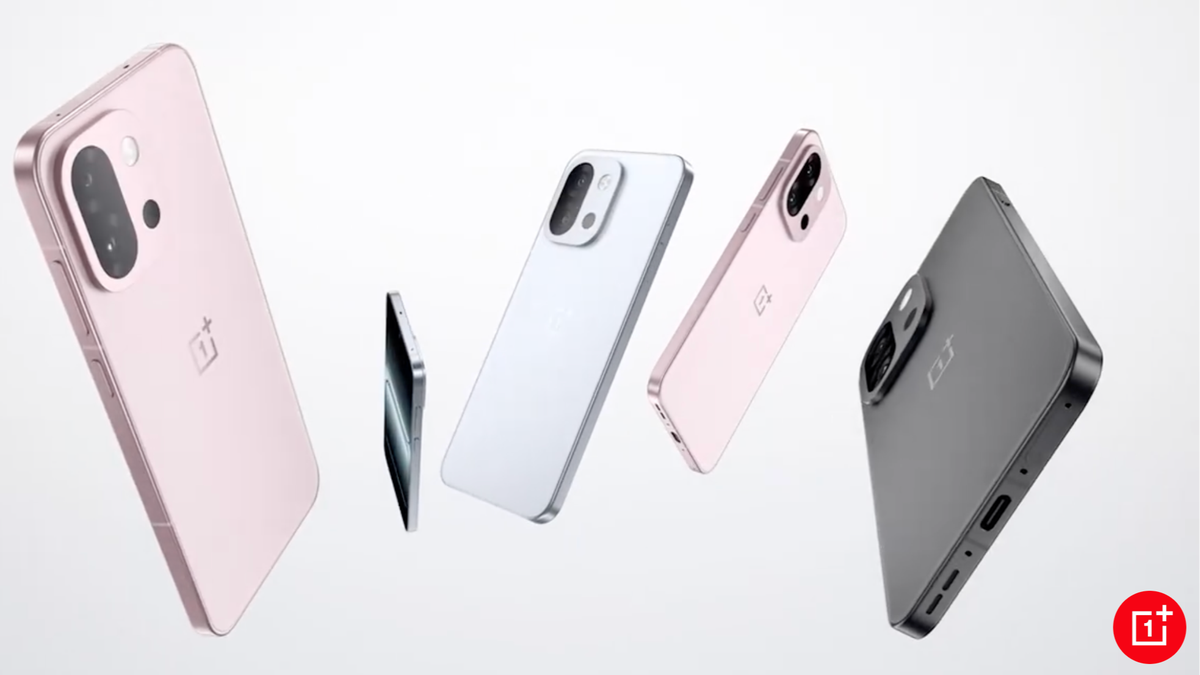







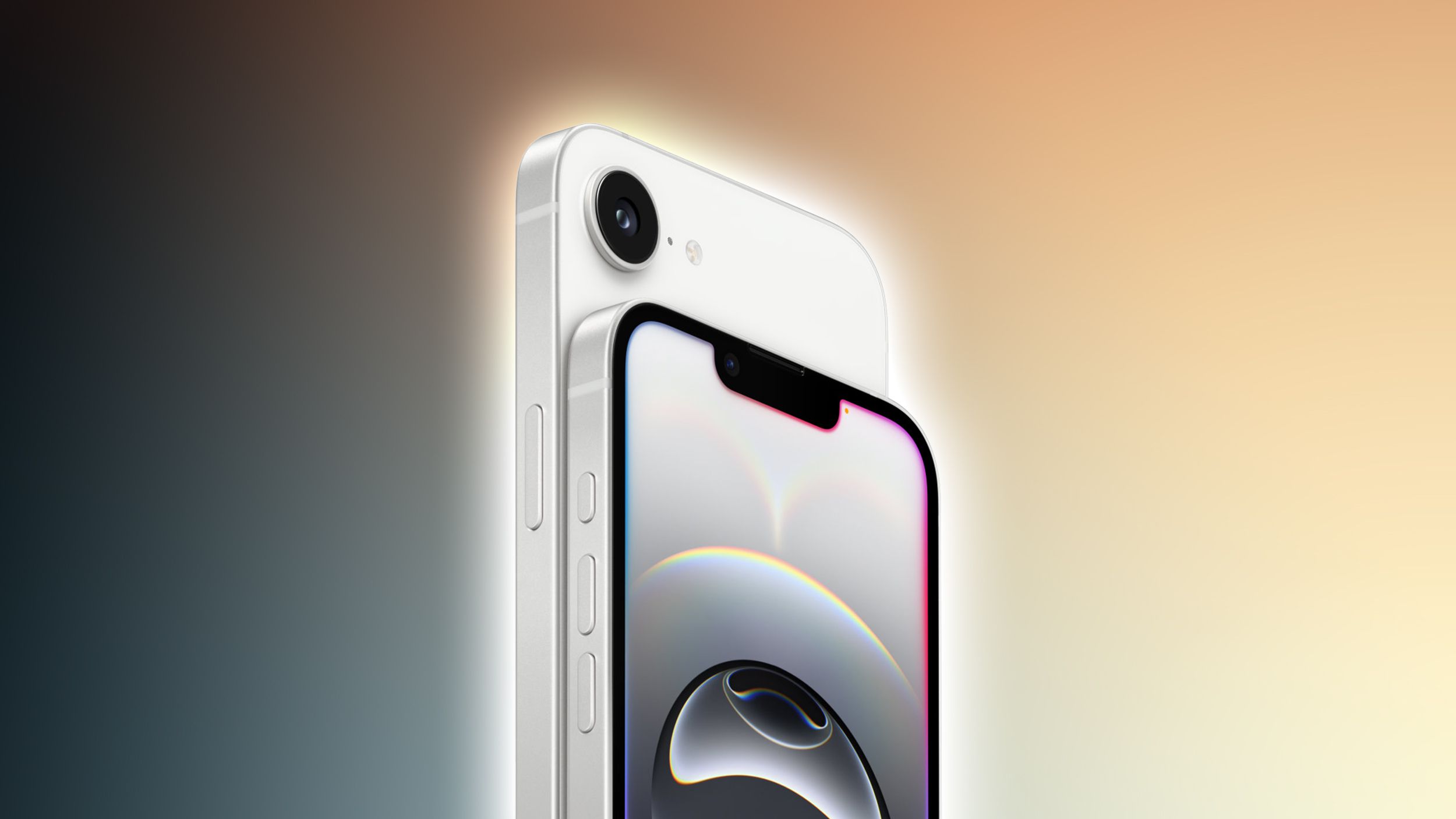



























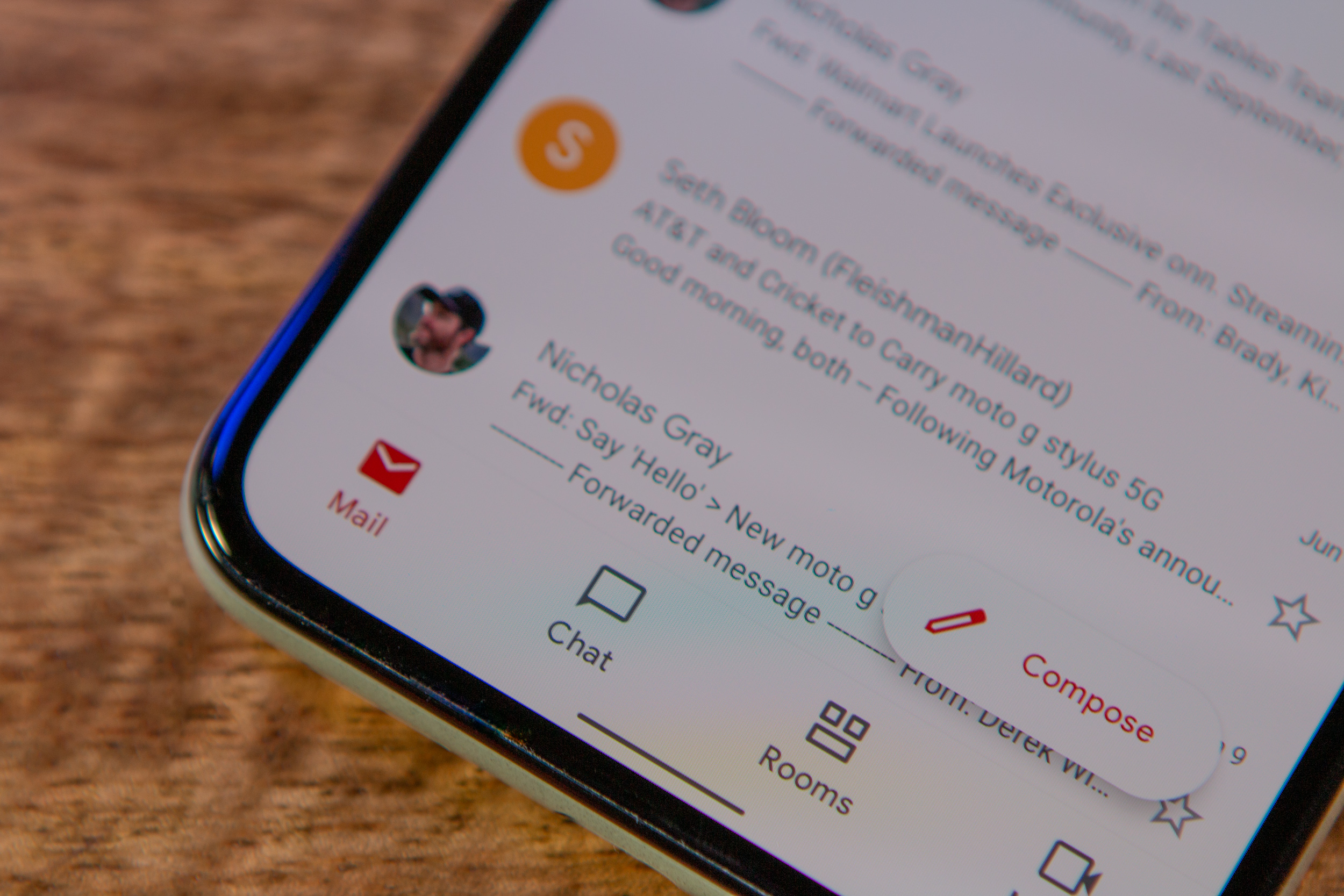









![New Beats USB-C Charging Cables Now Available on Amazon [Video]](https://www.iclarified.com/images/news/97060/97060/97060-640.jpg)
![Apple M4 13-inch iPad Pro On Sale for $200 Off [Deal]](https://www.iclarified.com/images/news/97056/97056/97056-640.jpg)














![Here’s the first live demo of Android XR on Google’s prototype smart glasses [Video]](https://i0.wp.com/9to5google.com/wp-content/uploads/sites/4/2025/04/google-android-xr-ted-glasses-demo-3.png?resize=1200%2C628&quality=82&strip=all&ssl=1)





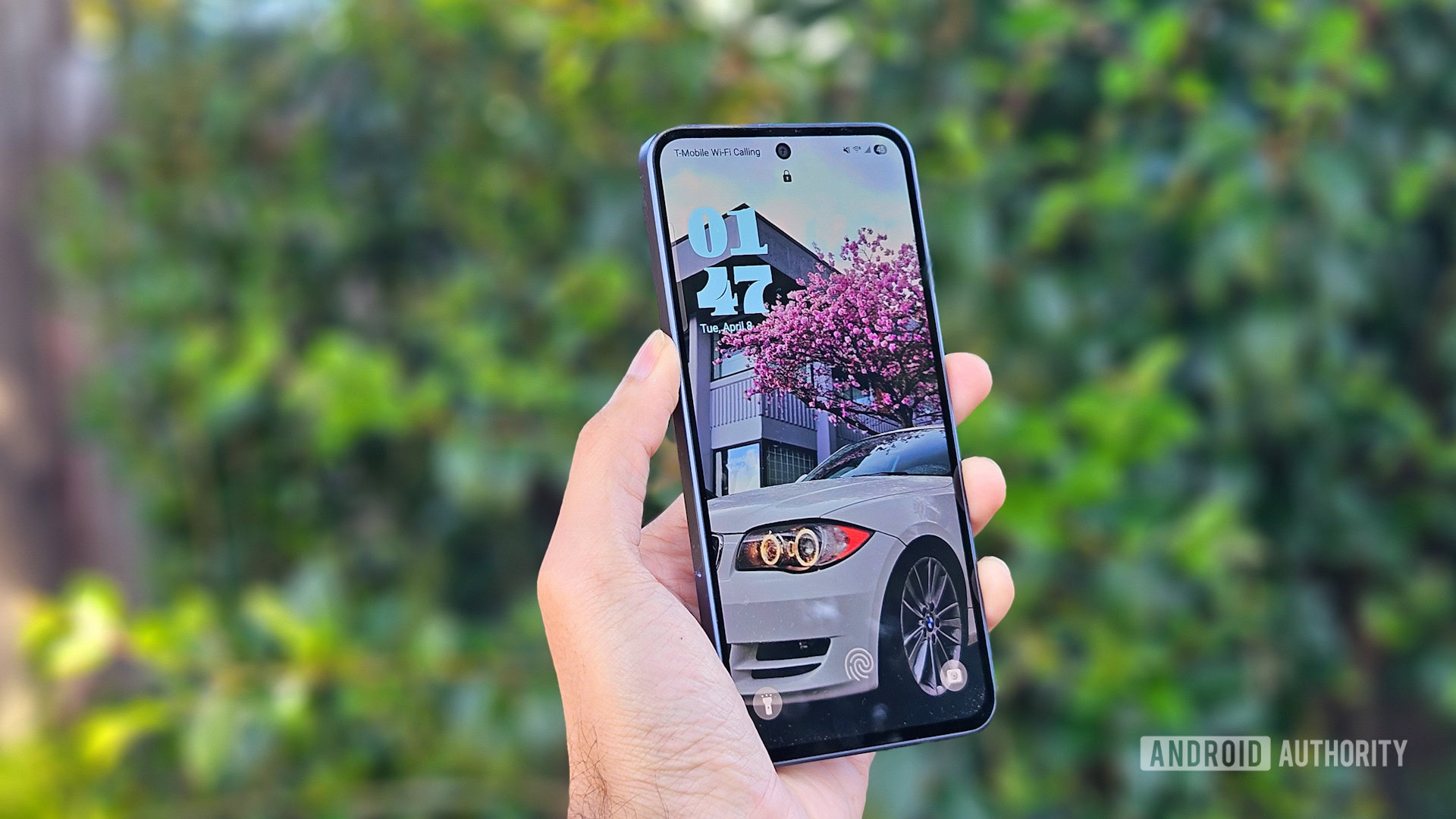


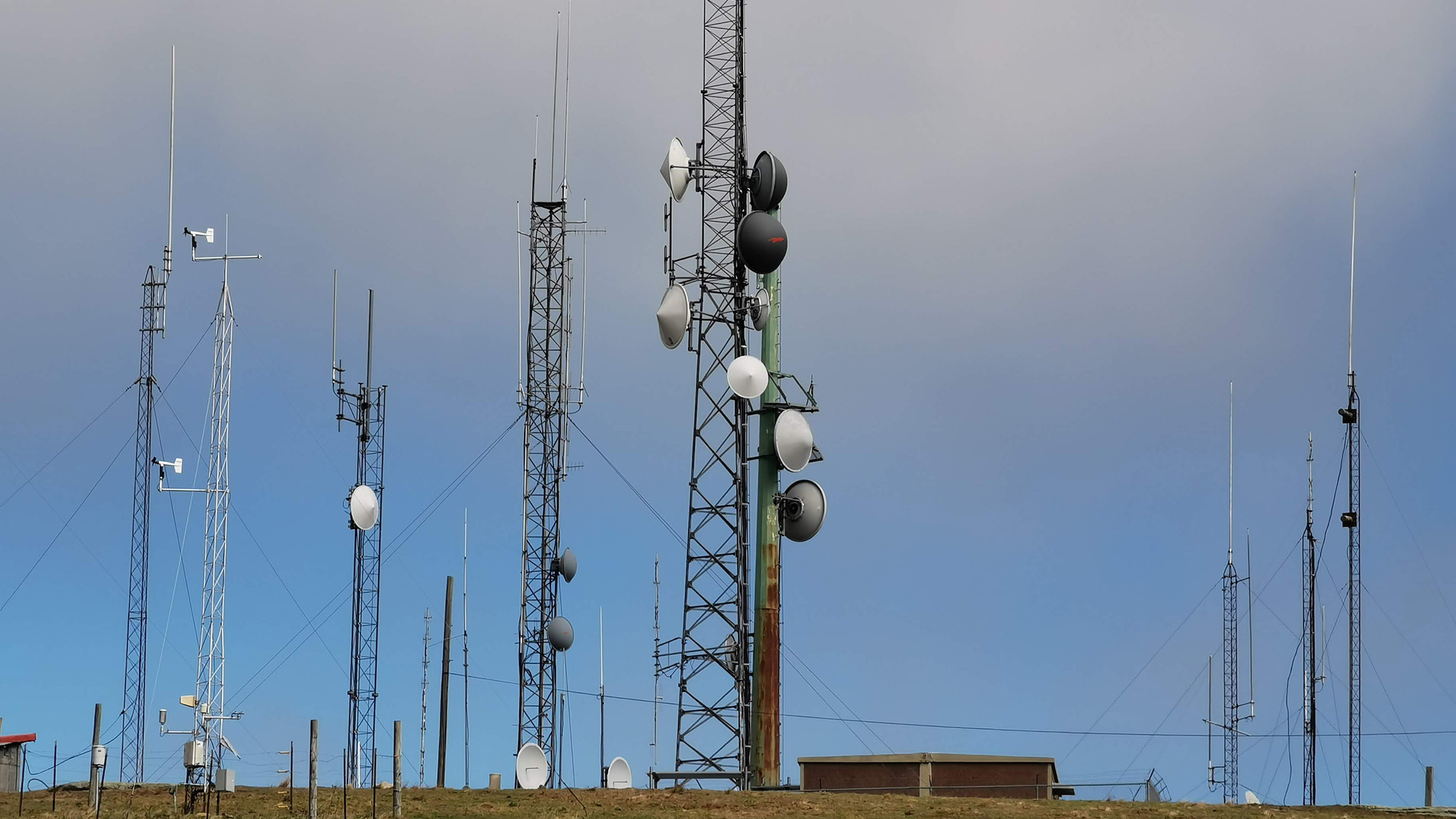
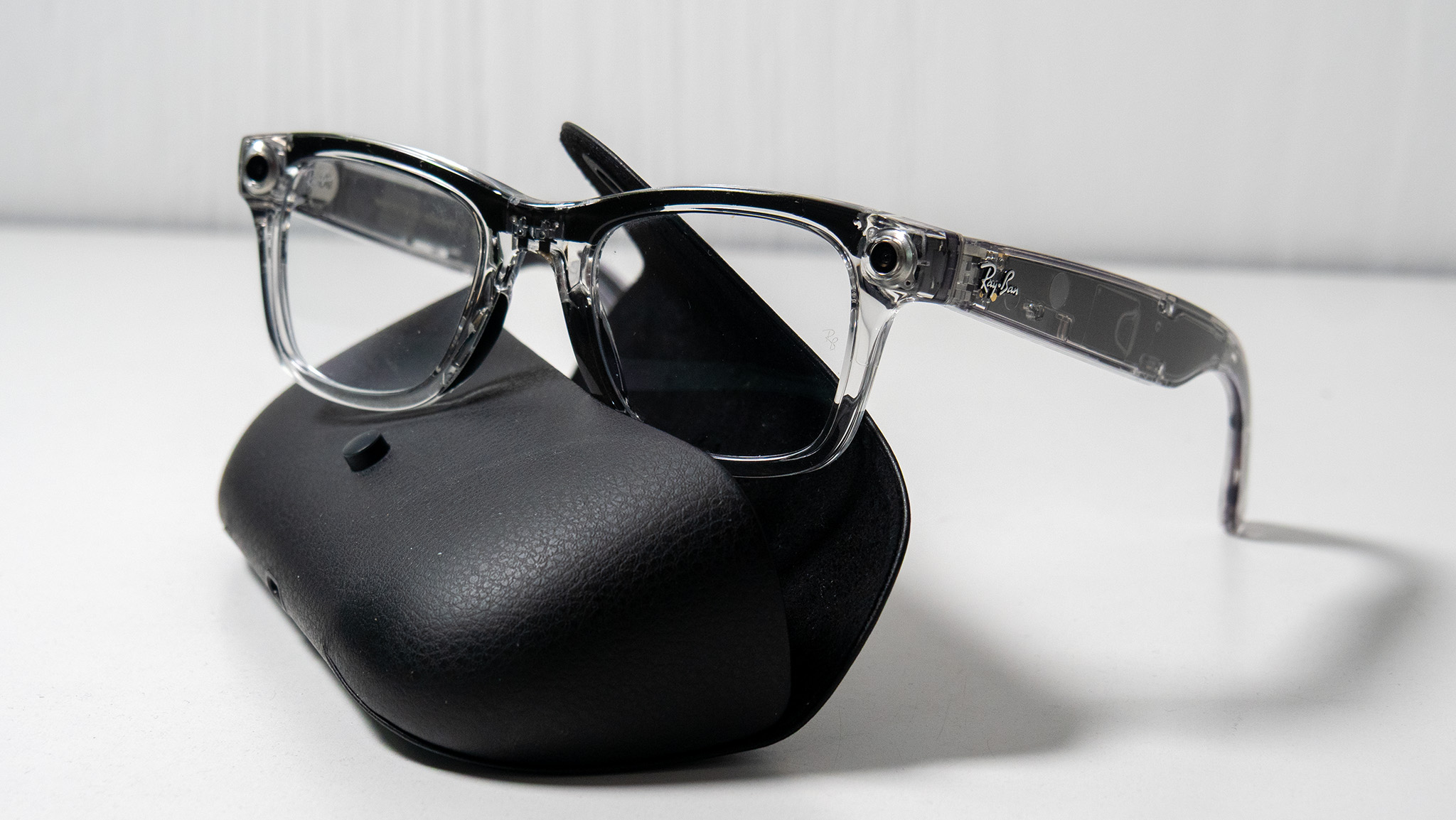
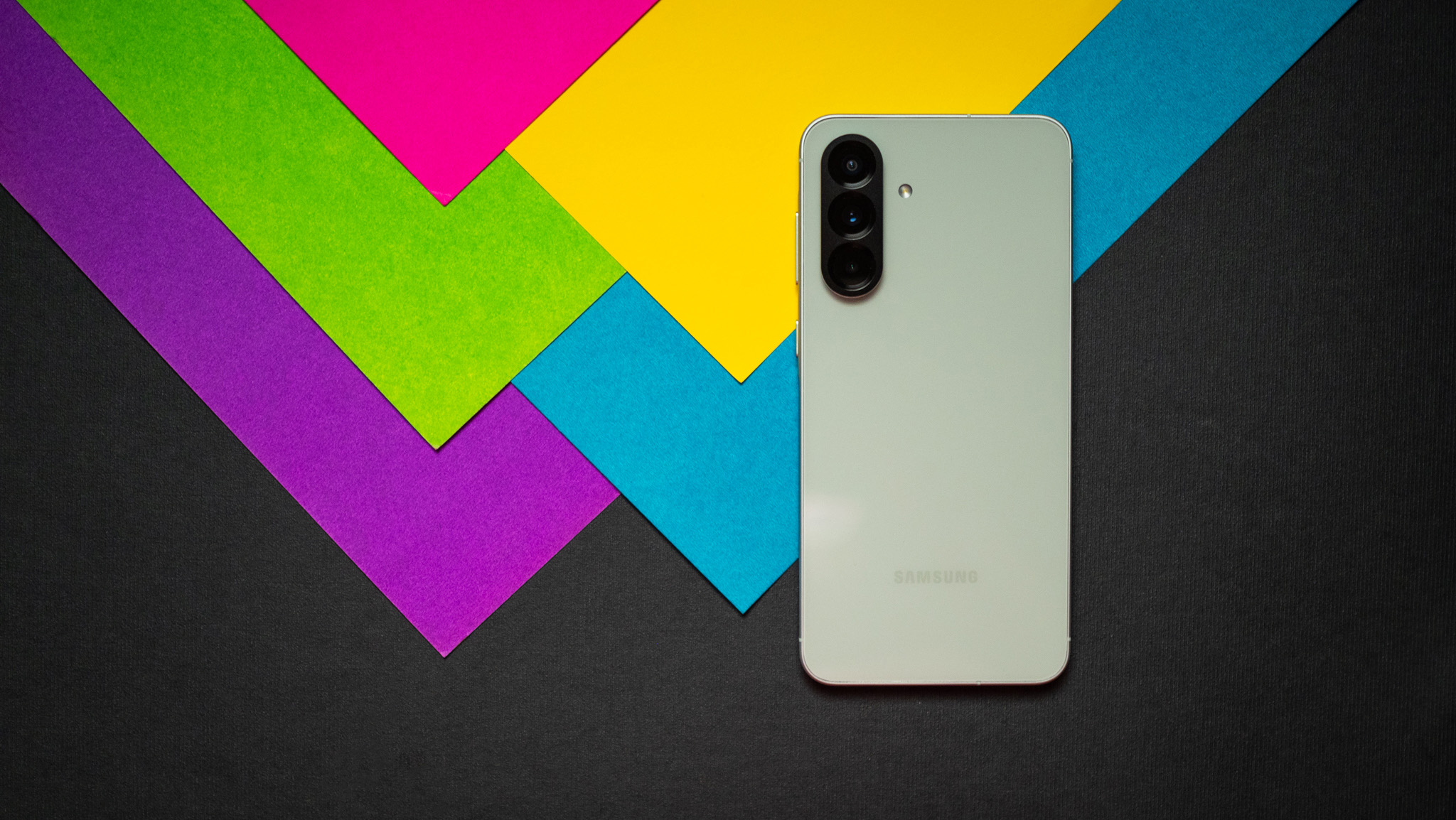


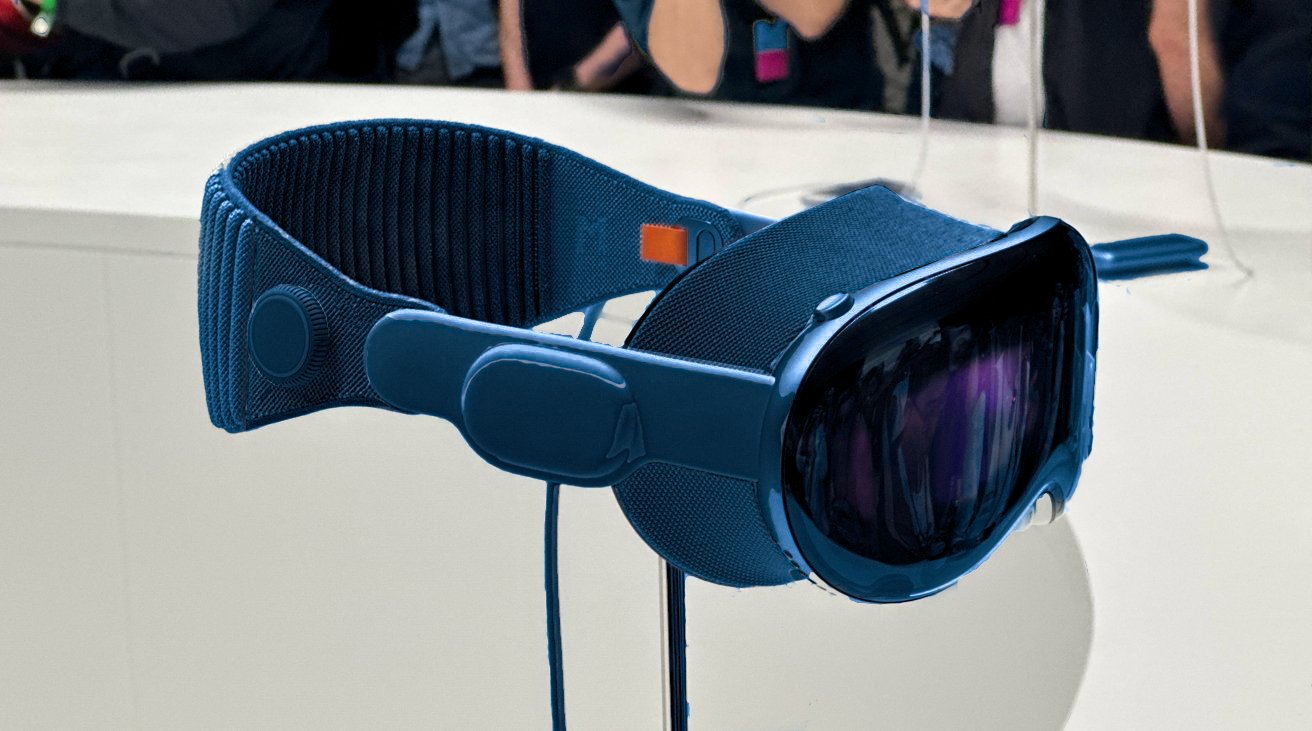


























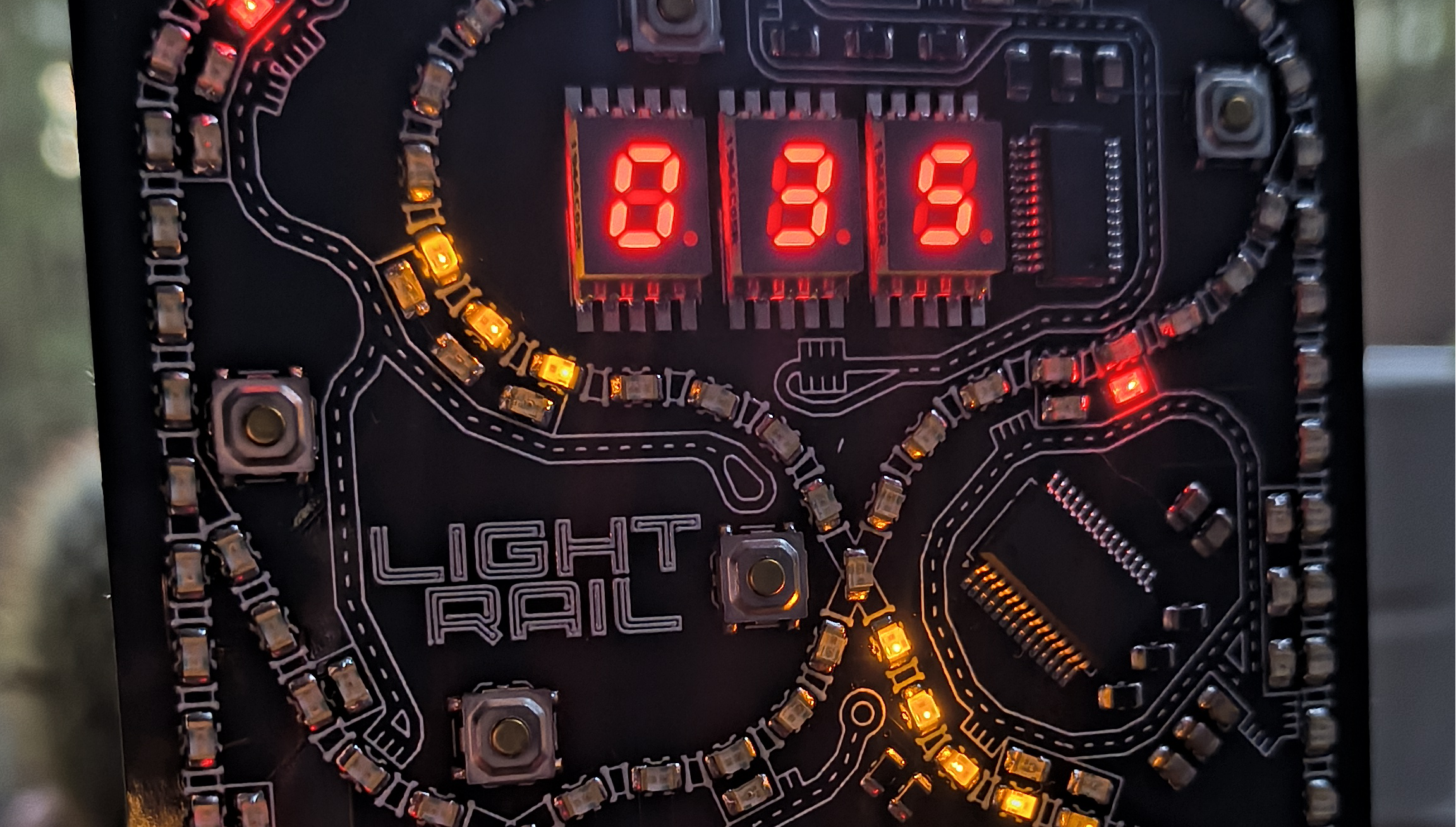







































































































































![[The AI Show Episode 144]: ChatGPT’s New Memory, Shopify CEO’s Leaked “AI First” Memo, Google Cloud Next Releases, o3 and o4-mini Coming Soon & Llama 4’s Rocky Launch](https://www.marketingaiinstitute.com/hubfs/ep%20144%20cover.png)































































































